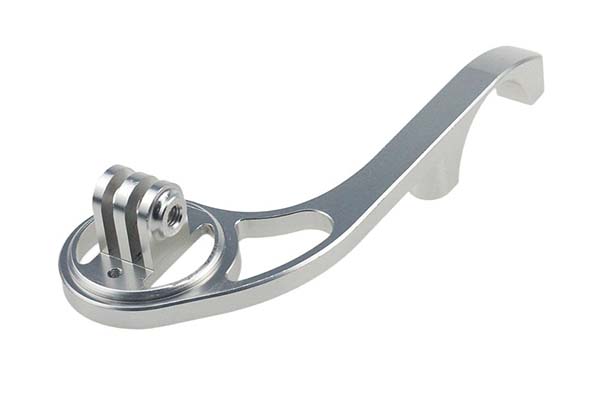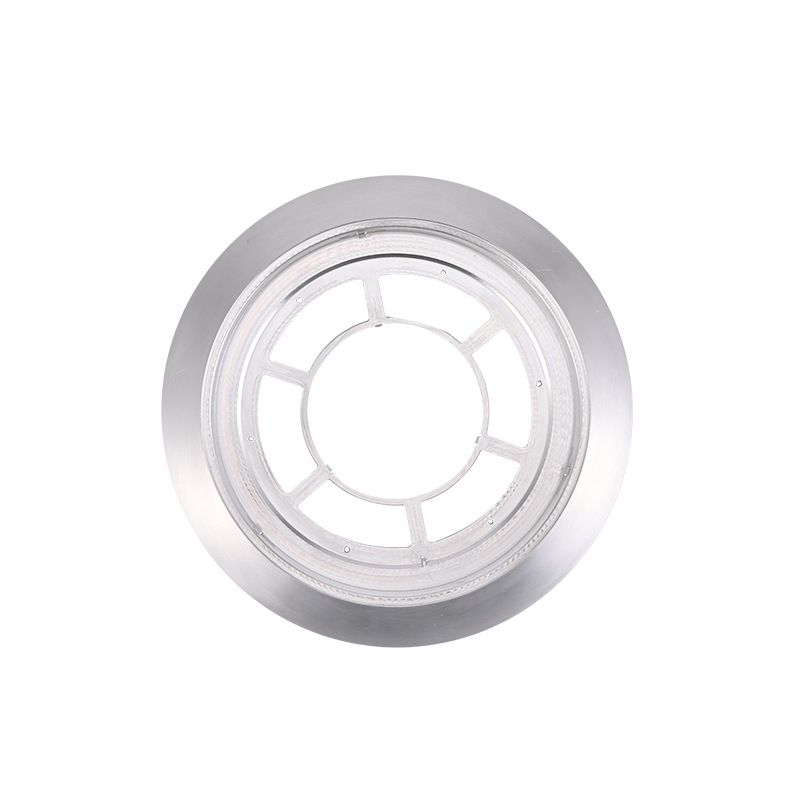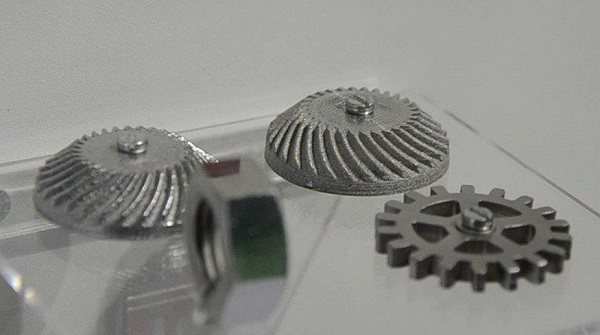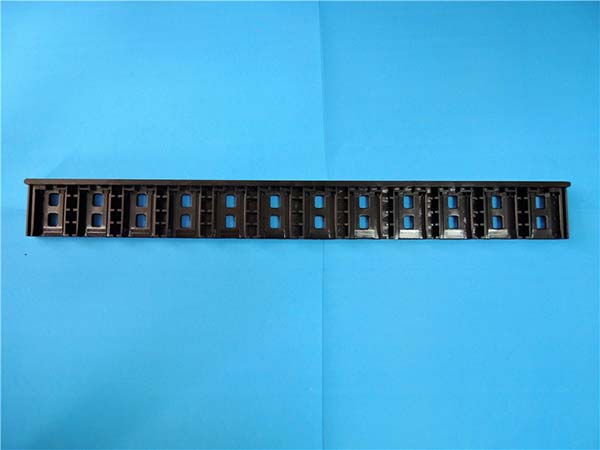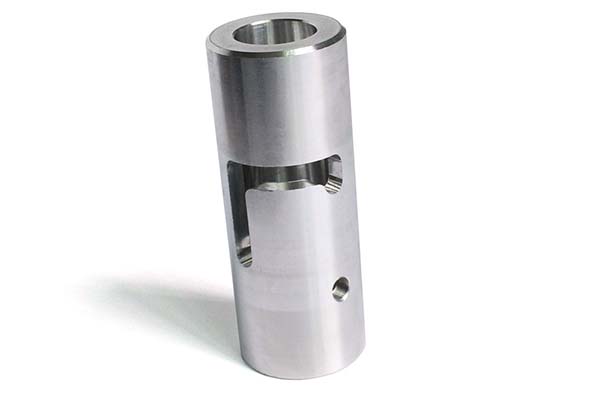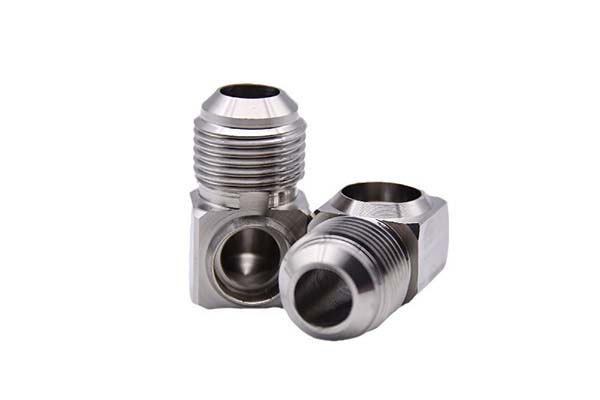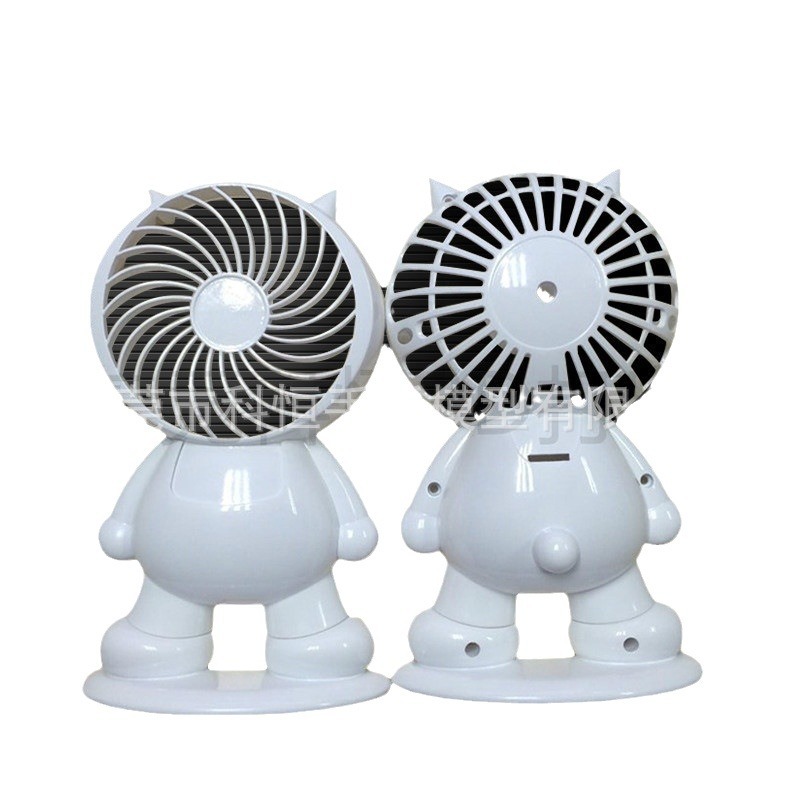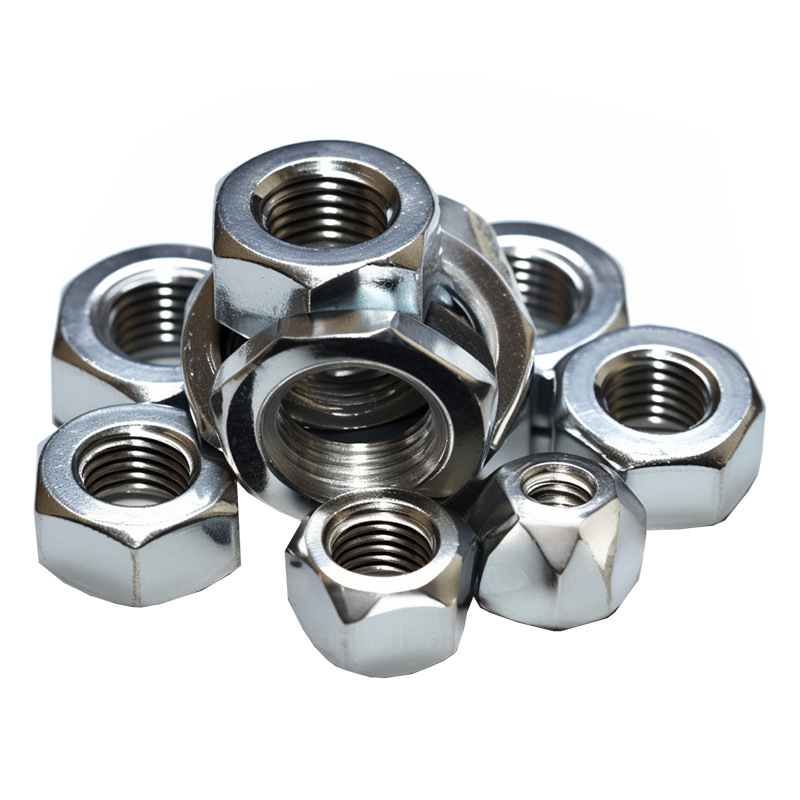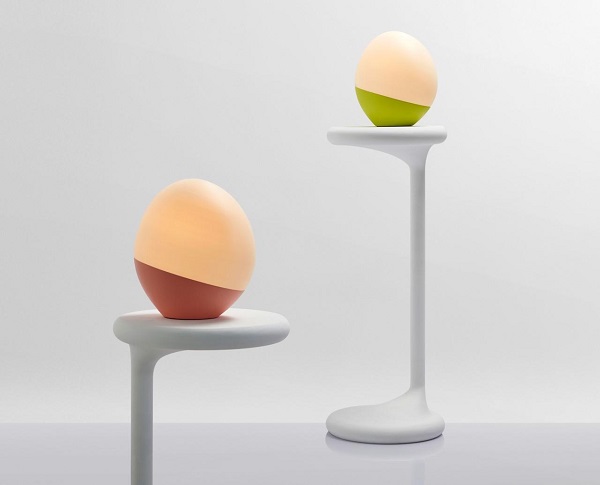You’ve chosen stainless steel for your 3D printing project, drawn to its unbeatable mix of strength and corrosion resistance. But when you print, the results fall short: the part rusts during a simple salt spray test, has rough surfaces that trap contaminants, or cracks under load. Maybe the print has visible pores that weaken it, or the supports are so thick they leave unsightly marks even after hours of grinding. Worse, your “food-grade” prototype fails a safety test because of residual powder trapped in tiny crevices.
Stainless steel is a workhorse in manufacturing, but 3D printing it requires more than just swapping plastic filament for metal powder. Its unique material characteristics—from its alloy composition to its corrosion-fighting properties—demand precise control over 3D printing processes. Success means understanding how to avoid porosity, ensure uniform corrosion resistance, and achieve the performance and properties that make stainless steel indispensable. In this guide, we’ll break down 3D printing stainless steel, helping you create parts that are strong, rust-resistant, and ready for real-world use.
Material Characteristics: The Strength of Stainless Steel
Stainless steel’s reputation for durability comes from its carefully balanced material characteristics, which 3D printing must preserve to deliver its full potential:
- Alloy composition: What makes stainless steel “stainless” is its alloy composition—specifically, a chromium content of at least 10.5%. Chromium forms a passive oxide layer on the surface, blocking rust and corrosion. Common 3D printable grades include 316L (16-18% chromium, 10-14% nickel, 2-3% molybdenum) for superior corrosion resistance, and 17-4 PH (15-17% chromium, 3-5% nickel, 3-5% copper) for high strength after heat treatment. 304L, with 18-20% chromium, is a cost-effective option for less demanding environments.
- Mechanical and physical traits: Stainless steel offers impressive mechanical strength—316L has a tensile strength of 500-600 MPa and a yield strength of 200-300 MPa, while 17-4 PH can reach 1100 MPa after aging. Its elongation (stretch before breaking) is 20-40%, balancing strength with ductility to resist cracking under impact. Hardness ranges from 150-450 HV (Vickers), depending on the grade and heat treatment. Unlike aluminum or titanium, stainless steel is magnetic (except austenitic grades like 316L), a key consideration for certain applications.
- Corrosion resistance factors: The oxide layer that protects stainless steel is fragile during 3D printing—porosity, incomplete fusion, or contamination can create weak spots where rust starts. 316L’s molybdenum content makes it resistant to chloride corrosion (think saltwater or food processing), while 17-4 PH, though strong, is less corrosion-resistant and better suited for dry environments. Material purity is critical—even small amounts of sulfur or phosphorus can weaken the oxide layer, making high-quality metal powders (99.9% purity) a must.
3D Printing Processes: Mastering Metal Fusion
3D printing stainless steel relies on processes that fuse metal powder into dense, uniform parts, with each method offering trade-offs in speed, cost, and quality:
- Selective Laser Melting (SLM): The gold standard for 3D printing stainless steel, SLM uses a high-power laser to fully melt powder into solid metal. It achieves 99.5%+ density, critical for corrosion resistance—porous parts trap moisture and contaminants, causing rust. Key print parameters include laser power (150-300 W), scan speed (800-1500 mm/s), and layer thickness (20-40 μm). SLM requires support structures (often made of the same alloy) to manage thermal stress, which are removed via wire EDM or CNC machining to avoid damaging the part.
- Direct Metal Laser Sintering (DMLS): Similar to SLM but sinters (fuses without full melting) the powder, resulting in 95-98% density. DMLS is faster and more cost-effective than SLM but may require hot isostatic pressing (HIP) to close small pores, improving corrosion resistance. It’s ideal for industrial tooling or non-critical parts where slight porosity is acceptable.
- Metal Binder Jetting: A lower-cost option where a binder bonds powder into a “green part,” which is then sintered to fuse the metal. Binder jetting prints faster and doesn’t need supports but shrinks 15-20% during sintering, making dimensional accuracy harder to control. Post-sintering HIP is often needed to achieve full density, especially for food-grade equipment or marine parts where corrosion resistance is critical.
- Practical tips: Stainless steel powder must be dry (moisture causes porosity) and have a particle size of 15-45 μm for consistent flow. Slicing software (like Magics) should optimize laser paths to avoid overheating, which can alter the grain structure and weaken corrosion resistance. Infill density is typically 100% for structural parts, with infill patterns adjusted to minimize stress during cooling.
Applications: Where 3D Printed Stainless Steel Shines
Stainless steel’s 3D printed parts excel in applications where corrosion resistance, strength, and precision are non-negotiable:
- Industrial and chemical processing: Chemical processing equipment like valve bodies, pump components, and reaction vessel parts rely on 3D printed 316L for its resistance to acids, salts, and solvents. 3D printing allows complex internal channels for sampling or mixing, which would be impossible to machine. Food-grade equipment (mixing blades, conveyor parts) uses 316L too—its smooth surfaces (after polishing) and non-reactive nature meet FDA standards, with 3D printing enabling custom designs for unique production lines.
- Aerospace and automotive: Aerospace components like fuel system brackets, sensor housings, and exhaust parts use 316L for its light weight (compared to carbon steel) and resistance to jet fuel and salt air. In automotive, 17-4 PH stainless steel creates high-strength parts like turbocharger components and brake calipers, with 3D printing reducing weight by 20-30% without sacrificing durability.
- Medical and specialized uses: Medical implants (bone plates, surgical tools) use 316L for its biocompatibility and corrosion resistance in bodily fluids. Dental restorations like crowns and bridges leverage 3D printing for precise fits and natural aesthetics. Even customized jewelry (using 316L or precious metal-plated stainless steel) benefits from its durability and low maintenance, with 3D printing enabling intricate designs that stand up to daily wear.
Performance and Properties: Ensuring Reliability
3D printed stainless steel parts must meet strict standards to deliver on stainless steel’s promise—their performance and properties are verified through rigorous testing:
- Corrosion resistance testing: Salt spray tests (per ASTM B117) are a must—316L parts should resist rust for 500+ hours, while 17-4 PH may start showing signs after 200 hours in harsh environments. Electrochemical tests measure the stability of the oxide layer, ensuring uniform protection across the part, including hard-to-reach areas like internal channels.
- Mechanical performance: 3D printed 316L should match wrought (machined) 316L, with tensile strength of 500-600 MPa and yield strength of 200-300 MPa. Fatigue resistance—critical for moving parts like gears—is improved with post-print heat treatment, which relieves internal stress. 17-4 PH, when aged at 480°C, reaches tensile strength of 1100 MPa, making it suitable for high-load industrial tooling.
- Accuracy and finish: 3D printed stainless steel achieves dimensional accuracy of ±0.1 mm for parts under 100 mm, with surface finish of 10-30 μm Ra (roughness average) as-printed. For food-grade or aesthetic parts, polishing reduces this to 0.8-1.6 μm Ra, removing crevices where bacteria or contaminants could hide. Thermal expansion matches wrought stainless steel, ensuring parts fit with other components even when heated.
Yigu Technology’s Perspective: Excellence in Stainless Steel 3D Printing
At Yigu Technology, we specialize in 3D printing stainless steel parts that meet the most demanding standards. We select grades based on your needs—316L for corrosion resistance, 17-4 PH for high strength—and use SLM for critical parts where density and precision are key. Our post-processing includes HIP for porosity-free parts, passivation to enhance the oxide layer, and precision machining for tight tolerances. Whether you need chemical processing components or medical implants, we validate every part with salt spray tests, tensile testing, and dimensional checks. 3D printing stainless steel isn’t just about making metal parts—it’s about creating reliable, long-lasting solutions that leverage design freedom without compromising on stainless steel’s core strengths.
Frequently Asked Questions (FAQ)
- Why is my 3D printed stainless steel part rusting?
Rusting usually stems from porosity or incomplete fusion, which trap moisture. Ensure print parameters (laser power, scan speed) are calibrated for full melting—too little power leaves unbonded powder. Post-print passivation (soaking in nitric acid) enhances the oxide layer, while HIP closes small pores. Always use high-purity powder—impurities disrupt corrosion resistance.
- Can 3D printed stainless steel be food-safe?
Yes, but it requires strict post-processing. Use 316L powder, ensure 99.9% density (no trapped powder), and polish to a surface finish of <1.6 μm Ra. Test for residual binder or powder per FDA standards (like USP Class VI) and passivate to ensure corrosion resistance. Avoid 17-4 PH, which isn’t recommended for direct food contact.
- How does 3D printed stainless steel compare to machined stainless steel?
3D printed stainless steel matches machined parts in tensile strength and corrosion resistance when printed properly. It excels at complex geometries—internal channels, lattices, or organic shapes—that are impossible to machine. Machined parts have better surface finish (0.8 μm Ra vs. 10-30 μm Ra as-printed), but 3D printed parts can be polished to match. For simple parts, machining is cheaper; for complex ones, 3D printing wins.
